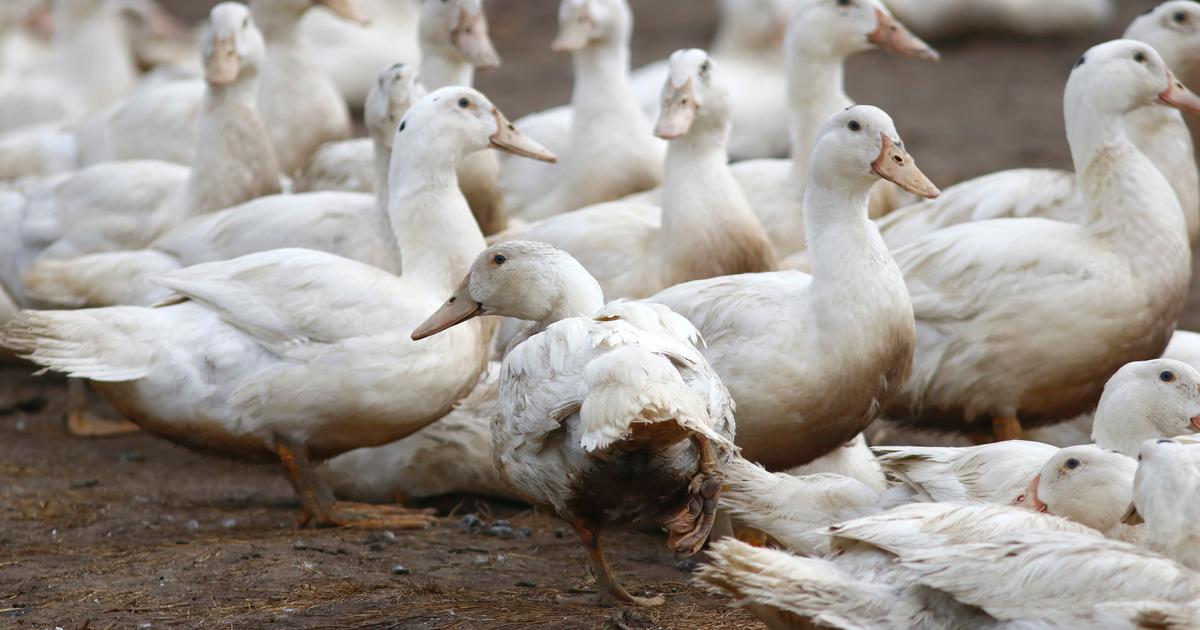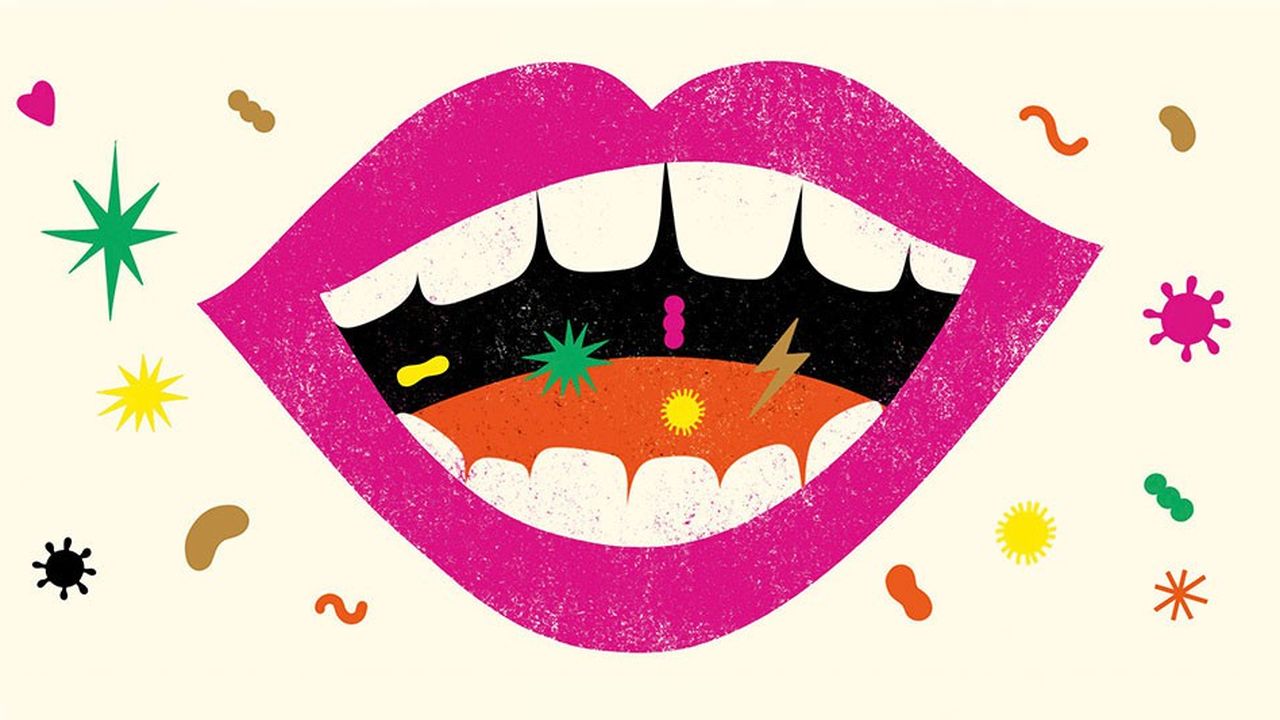This is the surprising reason why some people have more wrinkles than others

The appearance of wrinkles, fine lines and other age-related signs is often associated with decreased collagen production, sun exposure, lifestyle and certain environmental factors. But an international team of researchers has just made a surprising discovery, revealing a possible link between skin aging and the microbiome, in other words all the microorganisms that live on the surface of the skin.
The more time we spend in the sun, or are exposed to pollution or cigarette smoke, the more the skin begins to wrinkle. Besides advancing age, these are the factors most commonly implicated in the development of signs associated with skin aging. However, as revealed by joint work conducted by researchers from the Center for Microbiome Innovation (CMI) at the University of California at San Diego and L’Oréal Research and Innovation, they will not be alone. The skin microbiome, i.e. the bacteria that inhabit the skin, can play a central role in the development (or not) of wrinkles, fine lines and other crow’s feet.
“Previous studies have shown that the types of microbes on our skin change predictably as we age. Our skin also changes physiologically as we age: for example, we have wrinkles and our skin becomes drier. But that’s what it looks like. There are variations. As for different people: You may have noticed that some people’s skin looks much younger or older than their age. Using advanced statistical methods, we were able to isolate the microbes associated with these “signs of skin aging.” , such as crow’s feet wrinkles, which are only associated with age as a chronological number,” explains Se Jin Song, Director of Research at CMI, In a press release.
To reach this conclusion, researchers analyzed data from 13 studies on skin health conducted by L’Oreal in recent years, including more than 650 women aged 18 to 70. All this is based not only on clinical skin data, but also on data related to the identification and classification of bacteria. At the end of their research, published in the journal Frontiers in Aging, the scientists published a “positive association” between the microbiome and the diversity of crow’s feet wrinkles, which are located in the outer corner of the eye, but on the other hand “a negative correlation between the microbiome and the diversity of transepidermal water loss, In other words, the amount of water that evaporates from the skin – usually when the skin barrier changes due to skin aging.
Overcome the signs of aging?
This is only the first step, far from giving birth to new prevention solutions, but the discovery could enable more in-depth research to better understand the connection between the microbiome and skin aging – and why not lead to improvements in the long term. A real rejuvenation therapy. “This research is revolutionary in identifying new microbial biomarkers linked to visible signs of aging, such as crow’s feet wrinkles. It represents an important step toward developing technologies for healthy, younger-looking skin. We look forward to sharing the new Results are available as they become available, thereby advancing the scientific community’s understanding and contribution to the advancement of new skin care solutions,” said Qian Zheng, Head of Advanced Research Team for North America at L’Oréal.
The aim now is to focus on the identification of specific microbiome biomarkers linked to skin aging, in order to try – always in the long term – to develop methods to improve them. Something that can lead to techniques, whether through cosmetics or more sophisticated beauty tools, aimed at significantly reducing (always more) the signs of aging.





